Antibiotics are medicines/drugs that are administered to people to treat bacterial infections. In this article, I will be discussing Antibiotics and various other things related to them. Keep reading till the end to find out more information about the same!
About Antibiotics
Antibiotics are the specific types of medication that are known to fight bacterial infections in animals and people. They kill off the bacteria and make it extremely hard for the said bacteria to multiply or grow.
They can be taken in several different ways:
- Topically – These are available in the form of creams, ointment, or sprays and can be directly applied on the affected skin. It could also be in the form of ear drops, eye drops, or eye ointment.
- Orally – They come in the form of liquids, pills, or capsules.
- IV Injections – They could also be given in the form of an injection (IV). These are given to people who suffer from more serious infections.
When To Use Antibiotics?
Antibiotics are administered for very specific types of bacterial infections and generally cannot be interchanged from one infection to another. When antibiotics get used correctly, they are usually considered to be safe with only a few side effects. The health care providers can also check each of the patients, individually, in order to determine the correct type of antibiotic, length, and also type of treatment.
However, with most drugs, antibiotics are generally known to cause side effects and may range from being very minor to terrifyingly life-threatening. They can affect both infants and the elderly – especially patients who have a history of kidney and liver disease, pregnant women, and several other patient groups. The antibiotic doses may need to be adjusted based on the individual patient. Drug interactions are also very common in antibiotics.
Common Types Of Antibiotics
Here is a list of the most common types of antibiotics that get recommended to patients mostly:
Penicillin
Penicillin is also referred to as “beta-lactam”. The name simply refers to the structural formula. The class of penicillin generally contains five groups of antibiotics.
Quinolones
Quinolones are also referred to as fluoroquinolones. They are a bactericidal, synthetic, and antibacterial class that features a wide spectrum of activity which are used in adults. This antibiotic drug poses a lot of side effects and hence has been advised by the FDA, as not being suitable for more common infections like bronchitis, sinusitis, and other uncomplex urinary tract infections.
These are not to be administered to children at any cost.
Cephalosporins
The Cephalosporins work in a very similar way to the penicillins. They treat various types of infections like ear infections, strep throat, lung infections, and strep throat. They are also sometimes referred to as ceftaroline and are very active against MRSA.
Tetracyclines
The tetracyclines provide a broad spectrum against many conditions like urinary tract infections (UTIs), acne, STDs, eye infections, and other forms of bacterial infections.
Macrolides
The macrolides can be used to treat mostly community-acquired skin infections and pneumonia. There are Ketolides which are a newer generation of antibiotics that got developed for overcoming macrolide bacterial resistance.
Lincomycins
This class of antibiotics has activity against the anaerobes and aerobes and also some of the gram-negative anaerobes. Some forms are also used for applying topically on the skin for treating acne. This antibiotic is also used for treating vaginal infections which are caused by bacteria.
Glycopeptides
The members of this group may be used mainly for treating MRSA (methicillin-resistant staphylococcus aureus). They are used for treating complicated forms of skin infections. Some of the more common names of this drug include oritavancin, dalbavancin, vancomycin, and telavancin.
Sulfonamides
The sulfonamides are very effective against many gram-negative and gram-positive bacteria. There are many uses for sulfonamides – for treatment and prevention of pneumocystis pneumonia, treating UTIs, or even ear infections.
Carbapenems
These are injectable forms of beta-lactam antibiotics that have a wide spectrum of power regarding the killing of bacteria. It can be used for treating life-threatening bacterial infections like kidney infections, pneumonia, or even stomach infections.
They are frequently used as last-line agents for helping in preventing resistance.
Aminoglycosides
Aminoglycosides are of a nature that has bacterial synthesis by binding to 30S ribosomes and then they act rapidly as bactericidal antibiotics (they kill the bacteria). These drugs are mostly given intravenously. Eye dosage forms are also alternatively available.
Side Effects Of Taking Antibiotics
Different forms of antibiotics can have side effects like feeling sick or getting diarrhea. These side effects are generally mild and usually pass after a person finishes their treatment course. If you get any additional side effects then you would need to consult your doctor or a general practitioner who is in charge of your care for medical advice.
A few types of allergic reactions that a person who is taking antibiotics may experience are:
- wheezing
- coughing
- itchy and raised skin rash
- tightness of the throat
When It’s Serious
Though rare, there are cases where an antibiotic has caused potentially life-threatening and severe allergic reactions. If you experience the following conditions then make sure to dial the emergency services as soon as possible:
- if you get a skin rash that may include swollen, blistered, red, peeling, and itchy skin
- if you find yourself wheezing for a prolonged period
- experiencing a feeling of tightness in the chest or throat area
- having difficulties in talking or breathing
- the tongue, face, lips, or throat gets swollen
To Wrap It Up!
That was all for information regarding antibiotics and other things related to it. Thank you for reading up till here. I hope you found the information useful.
Read Only.
Anxiety: Signs, Symptoms, Causes, Prevention
Abdominal Pain: Signs, Symptoms, Causes, Prevention


